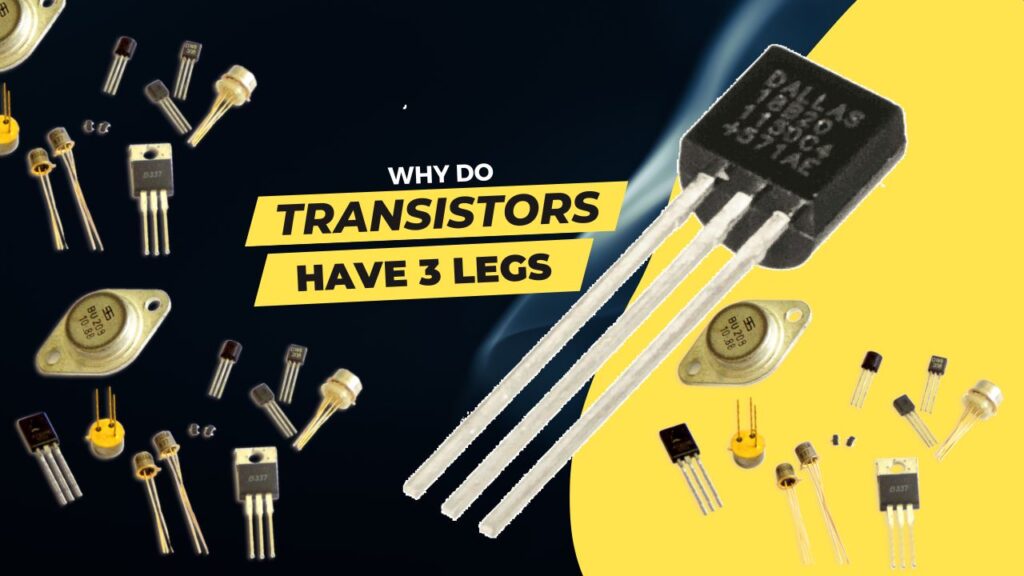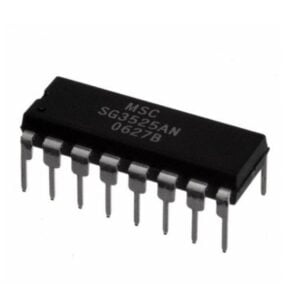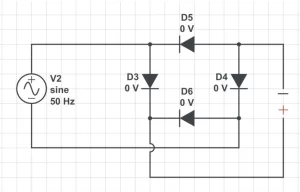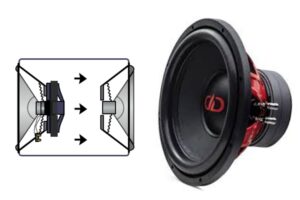
Why are transistors designed with three legs? This is a common question that arises when examining these fundamental components of electronic devices.
The Transistors, which are crucial for amplification and switching circuits, have a distinctive three legged structure. So, what is the reasoning behind this three leg design? Let’s checkout the factors that led to transistors having three legs.
The Factors of Transistors having 3 Legs
To understand why transistors have three legs, it is essential to grasp their basic function of a transistor. The Transistors are small electronic devices that control the flow of electrical current through it. They consist of three layers inside of it.
- The emitter
- Base
- Collector.
These three layers, typically made of silicon or germanium, determine whether the transistor is a bipolar junction transistor or a field-effect transistor. Commonly known as BJT and FET.
Now, let’s explore the reasons behind the three-legged design
The Reason Behind Three Legged Structure
Emitter, Base, and Collector Connections
The three legs of a transistor are directly connected to the three layers such as emitter, base, and collector.
These legs serve as electrical connections, enabling the flow of current through the transistor. The emitter emits electrons or holes (absence of electrons), the collector collects them, and the base controls the current flow between the emitter and collector.
By manipulating the base current, the transistor can be switched on or off, amplifying signals or acting as a digital switch.
Versatility and Flexibility
The three legged design provides versatility and flexibility in the usage of transistors. With separate layers of emitter, base, and collector.
So the transistors can be easily integrated into electronic circuits. This 3 leg design allows for precise control of the transistor’s behavior and characteristics.
it is suitable for various applications, from audio amplification to digital logic circuits.
Compactness and Miniaturization
The three legged design also contributes to the miniaturization of transistors. As technology advances, electronic devices have become significantly smaller in size.
Transistors need to keep up with this trend, and the three-legged structure enables compact packaging while still delivering the required functionality. The three leg compact design of transistors has played a vital role in the development of smaller and more powerful electronic devices that we rely on today.
Standardization and Interchangeability
The three-legged design has become a standard across different types of transistors.
This standardization ensures compatibility and interchangeability between various transistor models and manufacturers.
By adhering to a common three-legged structure, transistors can be easily replaced or upgraded in electronic circuits, simplifying maintenance and repair processes.
Conclusion
transistors have three legs to facilitate connections with the emitter, base, and collector layers. This design enables precise control, flexibility, and functionality while allowing for miniaturization and compatibility. Transistors, with their 3 legged structure is providing more functionality and these are vital components of modern electronic devices and have paved the way for advancements in various fields.




